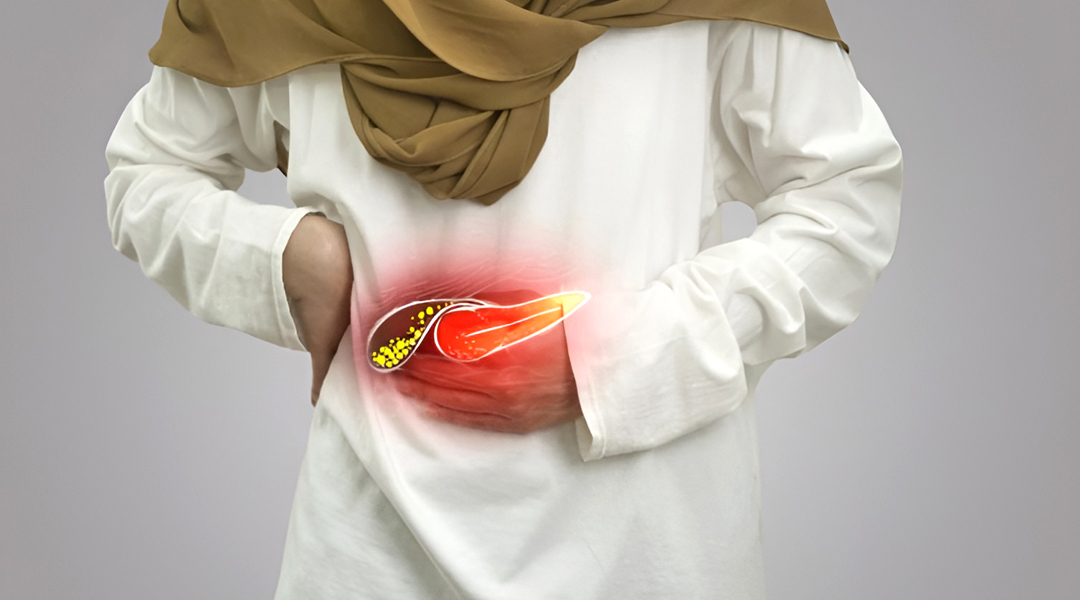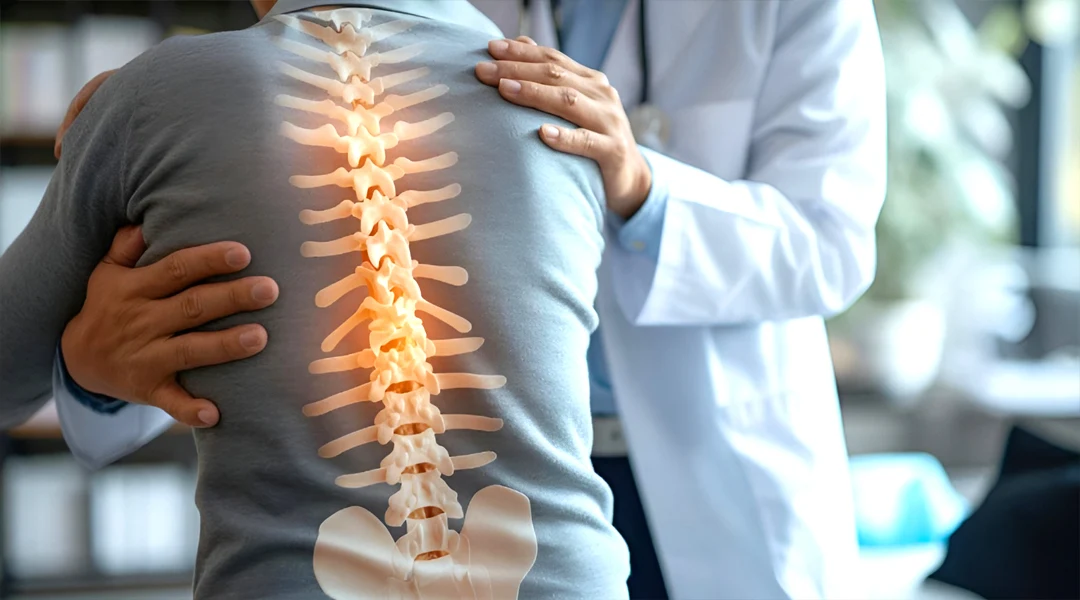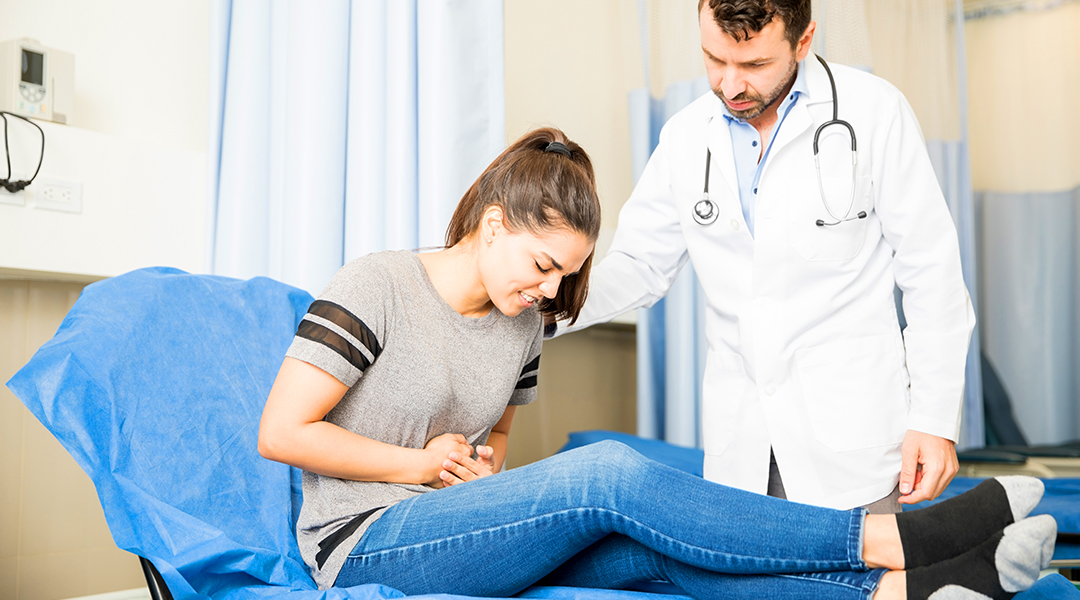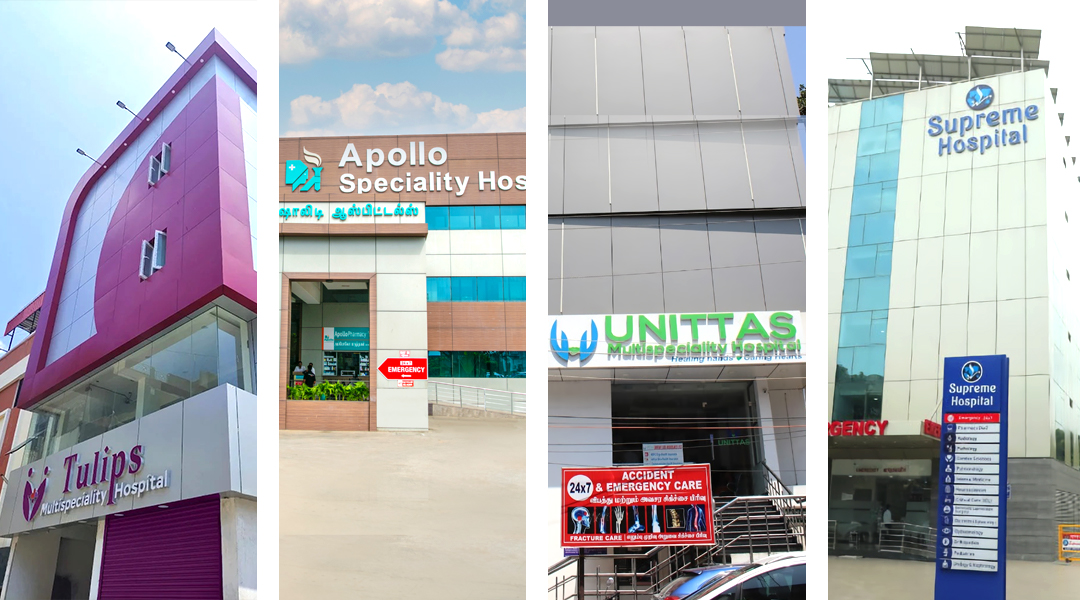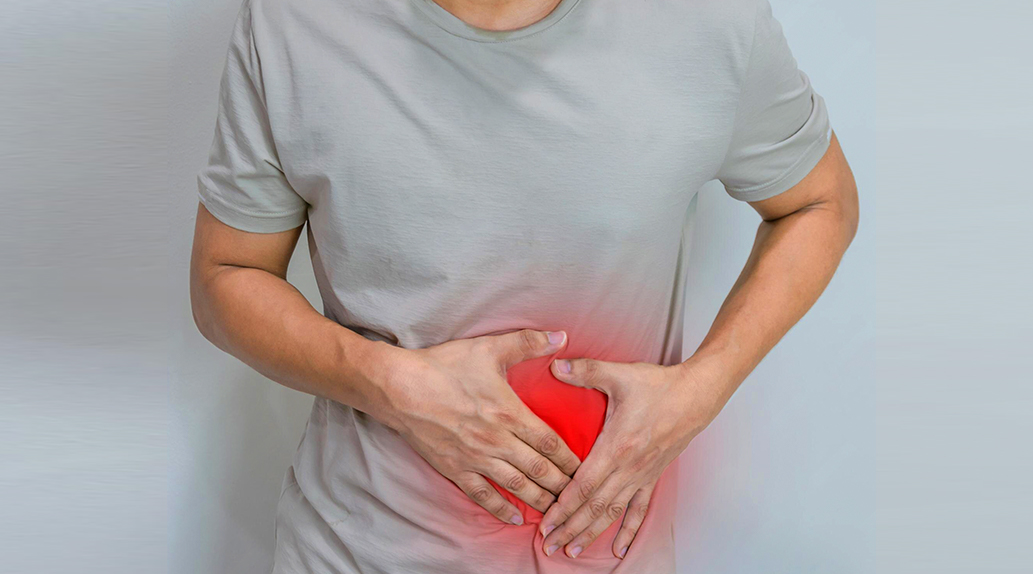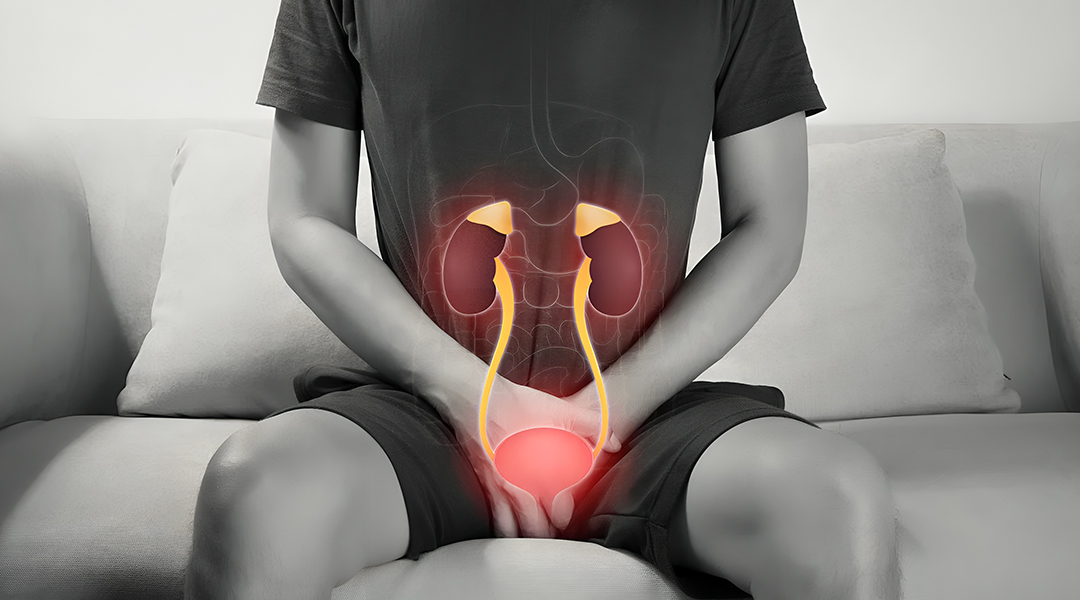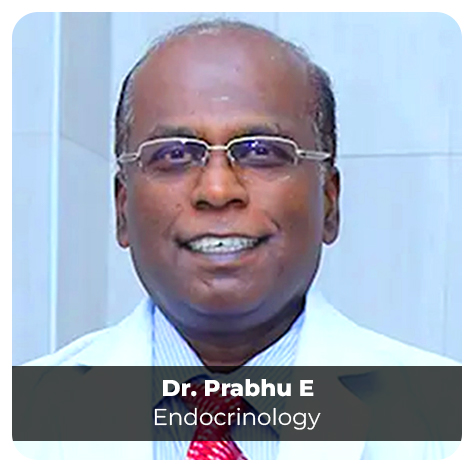At Tulip Multi-speciality Hospital, we’re dedicated to providing advanced, compassionate, and patient-focused care for even the most complex medical and surgical conditions. Recently, our General Surgery and Internal Medicine teams came together to manage a particularly challenging case of Acute Calculous Cholecystitis (Empyematous), a severe infection of the gallbladder in a 45-year-old gentleman, Mr Chandhan Pradhan.
Mr Pradhan came to us with intense abdominal pain and yellowish urine, symptoms pointing toward a serious gallbladder problem. Under the expert supervision of Dr Prabhu E (Senior Consultant – General and Internal Medicine) and our skilled Surgical Unit, an emergency laparoscopic cholecystectomy, a minimally invasive gallbladder removal procedure, was performed.
Thanks to this coordinated, team-based approach, his surgery went smoothly, and he made a complete and steady recovery.
Understanding Acute Calculous Cholecystitis (Empyematous)
The gallbladder is a small pouch-shaped organ located under the liver that stores bile, a digestive fluid that helps the body break down fats.
In Acute Calculous Cholecystitis, gallstones block the cystic duct, trapping bile inside. This leads to inflammation, swelling, and infection. In severe cases, pus forms within the gallbladder, a condition called Empyematous Cholecystitis.
If not treated promptly, this infection can spread rapidly, causing sepsis (blood infection) or even gallbladder rupture, both of which are life-threatening. Early diagnosis and timely surgical management are therefore critical to ensure safety and recovery.
Causes and Risk Factors
Some common causes and risk factors include:
- Gallstones are blocking the cystic duct
- Bacterial infections (most often E. coli, Klebsiella, or Enterococcus species)
- Diabetes mellitus and other metabolic disorders
- Obesity or a high-fat, low-fiber diet
- Rapid weight loss or long periods of fasting
- Hormonal changes, particularly in middle-aged individuals
Common Symptoms
Typical signs and symptoms include:
- Sharp, continuous pain in the upper right abdomen (often after eating fatty foods)
- Yellowish urine or jaundice due to bile flow obstruction
- Nausea, vomiting, and poor appetite
- Abdominal tenderness, bloating, or fullness
- Fever, chills, and overall weakness (in advanced infections)
When pus begins to collect inside the gallbladder, the infection can worsen quickly, increasing the risk of rupture and widespread infection, making early treatment absolutely vital.
Why Early Treatment Is Crucial
Acute Calculous Cholecystitis is a condition that requires immediate medical attention; it’s not something to wait and watch. Once infection sets in, it can progress rapidly, leading to serious and even life-threatening complications.
The standard line of treatment involves hospital admission, intravenous (IV) antibiotics to control the infection, and, in most cases, an emergency laparoscopic cholecystectomy, a minimally invasive surgery to remove the inflamed or infected gallbladder.
When treatment is started early, patients typically recover quickly and can get back to their normal routine within a few weeks. However, any delay in seeking care can worsen the infection and lead to severe conditions like abscess formation, peritonitis, or sepsis, which can be life-threatening.
In short, prompt diagnosis and timely surgical intervention not only ensure faster recovery but also prevent dangerous complications, making early treatment essential.
How You Can Lower Your Risk
While it’s not always possible to completely prevent gallbladder problems, adopting a healthy lifestyle can go a long way in lowering your risk. Simple everyday habits can make a big difference.
Start by following a balanced diet, one that’s low in saturated fats and rich in fiber from fruits, vegetables, and whole grains. This helps keep your cholesterol levels in check and reduces the chance of gallstones forming.
Regular physical activity also plays a key role. Exercise helps maintain a healthy weight and supports proper digestion. Staying well-hydrated throughout the day keeps bile in your gallbladder flowing smoothly, which helps prevent stone formation.
It’s equally important to avoid crash diets or long fasting periods, as these can upset your body’s balance and trigger gallstone formation. If you have conditions like diabetes or high cholesterol, keeping them under control further lowers your risk.
In short, small, consistent lifestyle changes healthy eating, regular movement, and good hydration, can make a big difference in keeping your gallbladder healthy for years to come.
Case Presentation: Mr Chandhan Pradhan
Patient Details
- Name: Mr Chandhan Pradhan
- Age/Sex: 45/M
- Diagnosis: Acute Calculous Cholecystitis (Empyematous)
- Procedure: Emergency Laparoscopic Cholecystectomy
- Date: 17.08.2025
History of Presenting Illness
Mr Pradhan visited Tulip Hospital with four days of persistent upper abdominal pain and yellowish urine.
He reported no vomiting, fever, or loose stools, but his symptoms strongly suggested a gallbladder infection or bile duct obstruction.
General Examination
He was alert, conscious, and afebrile, with the following vital signs:
- Temperature: 98.4°F
- Pulse Rate: 74/min
- Blood Pressure: 140/80 mmHg
- SpO₂: 96% (on room air)
- Blood Sugar (CBG): 180 mg/dL
Systemic Examination
- Heart: Normal sounds (S1S2+)
- Lungs: Clear breath sounds on both sides
- Abdomen: Soft but tender in the right upper quadrant
- Nervous System: No focal neurological deficits
Lab & Imaging Findings
- Elevated white blood cell count, indicating active infection
- Increased liver enzyme and bilirubin levels
- Ultrasound scan showed a thickened gallbladder wall, multiple stones, and fluid collection, confirming Empyematous Cholecystitis.
Surgical Procedure: Emergency Laparoscopic Cholecystectomy
The surgery was carried out under general anaesthesia using complete aseptic precautions.
A small incision below the umbilicus was made to insert a laparoscope and create a pneumoperitoneum (a gas-filled space) for better visualisation.
Port Placement:
- 10 mm port – Epigastric region
- 5 mm ports – Mid-clavicular and anterior axillary lines
Intra-Operative Findings:
A severely inflamed gallbladder filled with pus confirmed Empyematous Cholecystitis. The Calot’s Triangle was carefully dissected to obtain a Critical View of Safety, ensuring all key structures were clearly identified.
The cystic duct and artery were then clipped and divided safely. The gallbladder was detached from its bed and removed. A 16F suction drain was placed through the anterior axillary port to ensure adequate drainage after surgery.
All incision sites were closed neatly using absorbable sutures, and the skin was sealed with a stapler. The patient tolerated the procedure well without any intraoperative complications.
Post-Operative Care and Recovery
After the surgery, Mr Pradhan was moved to the recovery unit for close observation and post-operative care.
He received:
- IV antibiotics to fight infection
- IV fluids to maintain hydration and electrolyte balance
- Pain management and regular wound care
- Close monitoring of vital signs and blood glucose levels
Within 48 hours, his pain reduced significantly, his appetite improved, and his vital parameters stabilised. The drain output reduced gradually and was removed safely.
He was discharged soon after, in stable condition, with instructions on diet, hydration, and follow-up care.
The Role of Internal Medicine in Recovery
While surgery was vital to remove the infection source, internal medicine played a key role in helping Mr Pradhan recover safely and steadily.
Under the guidance of Dr Prabhu E, his blood sugar, electrolytes, and infection markers were closely tracked to avoid any complications like delayed wound healing or post-operative infection.
This careful and continuous medical support made his recovery complete and uneventful.
About Dr Prabhu E – Senior Consultant, General Medicine
Qualification: MD (General Medicine)
Experience: Over 30 Years
Specialties
General Medicine | Internal Medicine | Endocrinology | Non-Communicable Diseases (NCD)
Profile
Dr Prabhu E is a highly respected physician at Tulip Multi-speciality Hospital, known for his holistic and compassionate approach to patient care. With over three decades of experience, he bridges preventive care, diagnosis, and long-term disease management, helping patients live healthier, more balanced lives.
Areas of Expertise
- Diabetes, hypertension, and heart disease management
- Hormonal and endocrine disorders (thyroid, adrenal, and fertility issues)
- Geriatric care and preventive health
- Chronic disease prevention (heart disease, stroke, cancer)
Approach to Care
Dr Prabhu believes in empowering patients through education, lifestyle changes, and early screening. His friendly, empathetic, and evidence-based approach ensures that each patient receives truly personalised care focused on long-term wellness.
Preventive Health & Lifestyle Advice by Dr Prabhu E
To lower the risk of gallbladder and metabolic diseases, Dr Prabhu recommends:
- Eat a balanced, low-fat, high-fiber diet
- Drink at least 2–3 liters of water every day
- Avoid skipping meals or following extreme crash diets
- Keep blood sugar and cholesterol under control
- Engage in 30–45 minutes of regular physical activity daily
- Visit a doctor early if you experience unexplained abdominal pain or yellowish discoloration of the eyes or urine
Diagnostic & Surgical Excellence at Tulip Multi-speciality Hospital
Tulip Multi-speciality Hospital is fully equipped with modern diagnostic and surgical facilities, ensuring comprehensive care from diagnosis to recovery.
Our services include:
- Advanced Laparoscopic Surgery Unit
- 24×7 Emergency and ICU Care
- Ultrasound and CT Scanning for accurate imaging
- Comprehensive laboratory tests (CBC, LFT, infection markers, etc.)
- Urine analysis and cultures for infection detection
- Continuous post-operative monitoring by experienced doctors and nurses
- A multidisciplinary team involving specialists from Medicine, Surgery, Radiology, and Critical Care
This integrated, team-based approach ensures every patient receives a precise diagnosis, expert treatment, and a faster, safer recovery.
Conclusion
The case of Mr Chandhan Pradhan is a perfect example of how timely diagnosis, expert surgical care, and comprehensive medical management can save lives.
Through a prompt emergency laparoscopic cholecystectomy and the dedicated care of Dr Prabhu E and the Tulip team, Mr Pradhan made a complete and smooth recovery.
At Tulip Multi-speciality Hospital, we believe that healing is not just about treatment, it’s about compassion, teamwork, and restoring both health and hope
“At Tulip, we don’t just treat illness, we restore health and hope.”
Frequently Asked Questions (FAQ)
- What is Acute Calculous Cholecystitis?
It’s an inflammation of the gallbladder caused by gallstones blocking the bile duct. If untreated, it can lead to infection and pus formation (empyema). - What are the main symptoms?
Severe pain in the upper right abdomen, nausea, vomiting, yellowish urine or eyes, and sometimes fever or chills. - How is it treated?
Treatment involves removing the gallbladder through laparoscopic surgery and giving antibiotics to control infection. - Can I live normally without a gallbladder?
Yes. You can live a healthy life after surgery. The liver still makes bile for digestion — you may just need to avoid very fatty foods. - How can I prevent gallbladder problems?
Eat a balanced diet, drink enough water, exercise regularly, and maintain healthy blood sugar and cholesterol levels.

